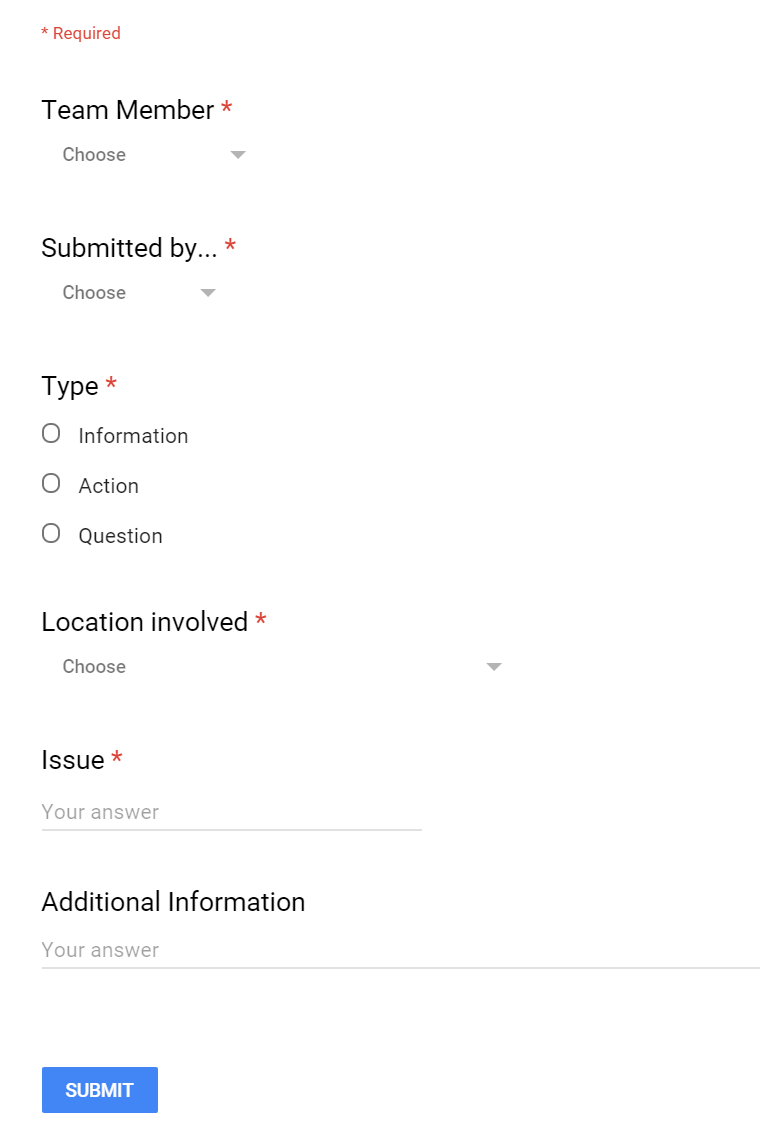
I was recently asked to outline the meeting processes I use to work with a fairly large team. We all understand the sentiments of the gentlemen in the picture. I admit, it’s happened to me. It starts with a loss of conscious attendance. I look down at my notes or my laptop and the lines start to blur. In the back of my head, I know I’m dropping off so I fight it, grit my teeth, look up and take in my surroundings. I’m sure I’m going to be ok only to be suddenly jolted awake by the gravitational pull on my head as I slump toward my keyboard.
I manage teams and frequently my days are one giant blur striding between meetings or waiting behind my screen in my home office for another video conference. I’ve read a few blog posts, digested a few articles and taken advice from my peers to come up with a strategy that allows me to deal with the madness of meetings and keep teams from doing the head nod.
The teams I work with have a few components. I have members that are the feet in the street supporting end users on site daily. I have another group whose work is about supporting district wide applications or services.
Here’s my strategies:
Part 1 – Whole Team
a) Keep meetings as short as possible – just because they are scheduled for the hour, don’t feel compelled to create an hour long agenda.
b) Start on time – honor the fact that people are there and on time. Those that are late need to be held accountable for their actions – call them on it.
c) Use bullet rounds – I use a Google form to collect items from the team that need to be discussed. They submit in advance of the meeting. The items presented are things that impact a large part of the team. Items that affect sub-groups are pushed to a break out after the meeting so that no one in the room is disengaged. Here’s a pic of the form we leverage.
 The Team Member lists the person most affected by the submission. (“All” is a choice.) Submitted by identifies the person bringing the information forward. Type – well, that’s obvious. Information items are submitted and only brought up in the bullet round if clarity is required. Location – we have 42 sites that are supported… location provides a place to pinpoint where the issue resides (again, “All”) is a choice. Issue again is self-explanatory and a spot for additional notes is available.
The Team Member lists the person most affected by the submission. (“All” is a choice.) Submitted by identifies the person bringing the information forward. Type – well, that’s obvious. Information items are submitted and only brought up in the bullet round if clarity is required. Location – we have 42 sites that are supported… location provides a place to pinpoint where the issue resides (again, “All”) is a choice. Issue again is self-explanatory and a spot for additional notes is available.
Meetings are chaired by a member of the team other than the recorder or me. It’s difficult to be fully engaged in the meeting and chair or take notes, so that work is delegated. Each chair takes control for 4 meetings and then delegates the next chair. The chair’s job is pretty simple: KEEP the Meeting Moving!
The bullet round items submitted online are reviewed in the meeting with the chair calling on the submitter to address their items. Follow up is recorded on the Google Spreadsheet tied to the form and any items dealt with in the meeting are highlighted in green and remain on the list until the start of the following meeting. It is the responsibility of the team member that submitted the item to be relentless about its solution.
Once the items are completed, the chair asks each person if they have any additional information to be reviewed. If required, they submit the item to the list. Team members may pass and frequently most members do pass as the expectation is that their items are recorded.
Meetings with 35 people have lasted only 12 minutes and sometimes are as long as an hour. Typically the longer ones are necessary because team brain-storming regarding a controversial or difficult issue has arisen. What we’ve found is the meetings, for the most part, actually get shorter over time.
We often have a draw or celebrate some milestone to end the meeting.
Everyone quickly disperses.
Part 2 -Feet in the Street Team
Right after the bullet round. feet in the street team members gather for a short conversation to brainstorm solutions or get mini professional development sessions. These are focused and short as their desire is to get back out to their sites. They pull in other team members as needed to find resolution to their concerns.
Part 3 – Central Team
Central Team members take a short break and then return to provide the two priorities for the week. We have an ongoing spreadsheet and the expectation is their two priorities for the week are listed. It has a number of impacts.
- It causes each member to think about and prioritize the work for the week. Large items move forward every week since the team has to break their work into digestible tasks.
- It provides accountability – frequently team members are able to remove their items from the list on a weekly basis. There’s a bit of competition to ensure you meet the demand posted on the screen. The fact that it’s public ensures that the item posted isn’t about being able to erase a line each week. People call each other out if the work posted isn’t reasonable. That’s a part of high performing teams. Lencioni’s work regarding high-performing teams suggests that there is trust and an ability to have safe conflict.
- Again, items that are completed are removed and new items are listed.
That’s it. So far this strategy has been successful with a number of teams I’ve worked with. Meetings tend to have an urgency to them and we’ve been able to keep everyone engaged. I’ve sought feedback and so far it’s been very positive!
Hope this is helpful. Let me know if you need clarity.


